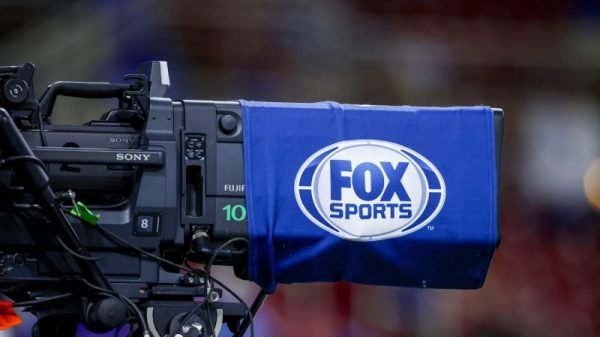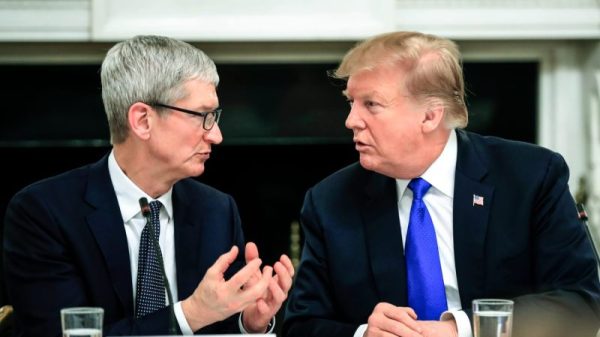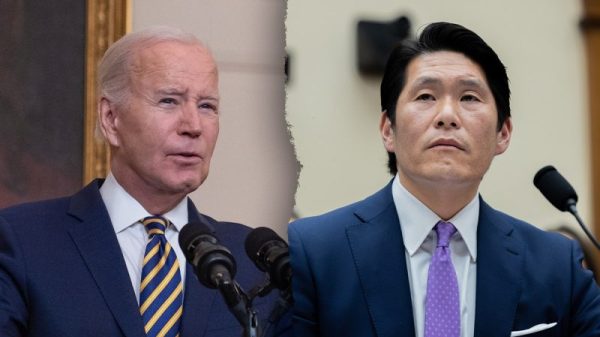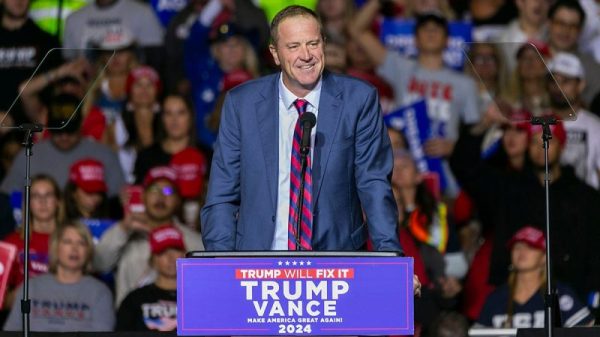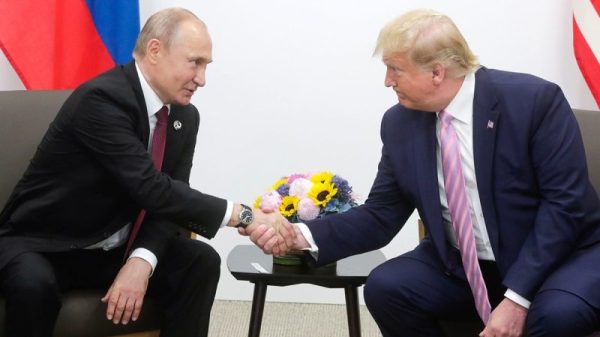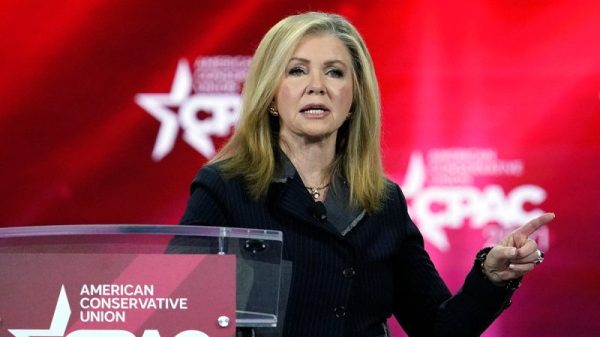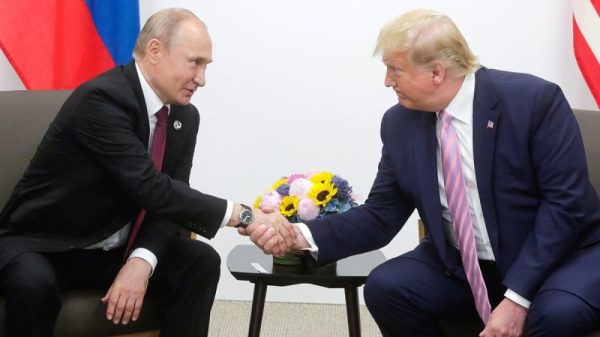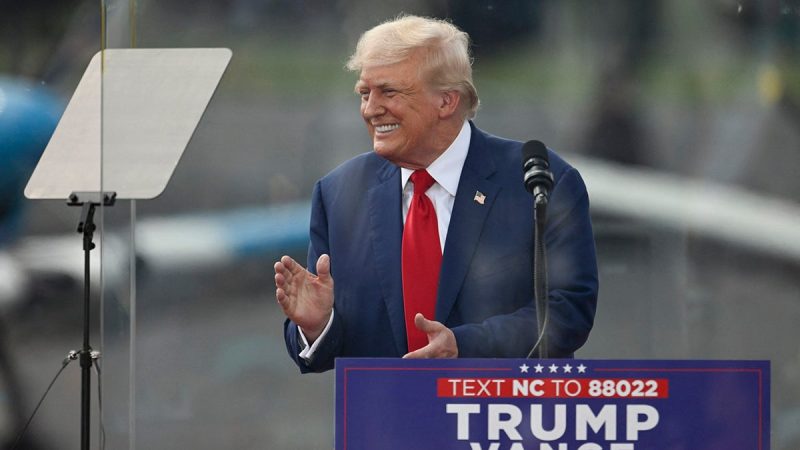In a surprising turn of events, former President Donald Trump has declared strict rules for the upcoming debate against Vice President Kamala Harris. The controversial announcement has sparked a wave of criticism and speculation about the dynamics of the debate.
Trump’s assertion that no lifts or stands will be allowed at the debate has raised eyebrows and led to widespread debate about its implications. The significance of this restriction lies in its potential impact on both candidates’ presentation and performance during the debate.
Trump’s decision to ban lifts and stands appears to be a strategic move aimed at leveling the playing field between himself and Harris. By eliminating the use of such props, he may be attempting to prevent Harris from gaining any height advantage over him on stage. This move suggests that Trump may be keen on presenting himself as an equal and formidable opponent, regardless of any physical disparities.
Moreover, the prohibition of lifts and stands could have symbolic implications as well. Trump’s emphasis on standing on equal ground without any artificial aids could be interpreted as a reflection of his commitment to facing his opponent head-on, without any external support or manipulation. This stance may be seen as an attempt to project strength, authenticity, and transparency in the face of his rival.
However, critics have questioned the rationale behind Trump’s decision, arguing that focusing on physical attributes rather than policy issues undermines the essence of a political debate. By dictating such specific rules regarding physical appearances, Trump may be shifting the focus away from substantive matters and steering the conversation towards superficial aspects.
Additionally, the ban on lifts and stands could potentially limit the candidates’ ability to effectively communicate their ideas and engage with the audience. Physical aids such as lifts or stands are often used to enhance visibility and create a more commanding presence on stage. By restricting their use, Trump may inadvertently hinder the candidates’ capacity to connect with the audience and convey their messages persuasively.
As the debate approaches, the controversy surrounding Trump’s decision is expected to intensify, with both supporters and critics closely scrutinizing the implications of this unusual restriction. The outcome of the debate and its impact on public perception remains uncertain, as the candidates navigate this unexpected twist in their preparations.
In conclusion, Trump’s prohibition of lifts and stands at the upcoming debate with Kamala Harris has stirred debate and speculation about its underlying motives and consequences. While Trump’s move may be perceived as an attempt to level the playing field and underscore authenticity, it also raises concerns about the focus on physical attributes over substantive issues. As the candidates gear up for the debate, the effects of this decision on their performance and public perception remain to be seen.








